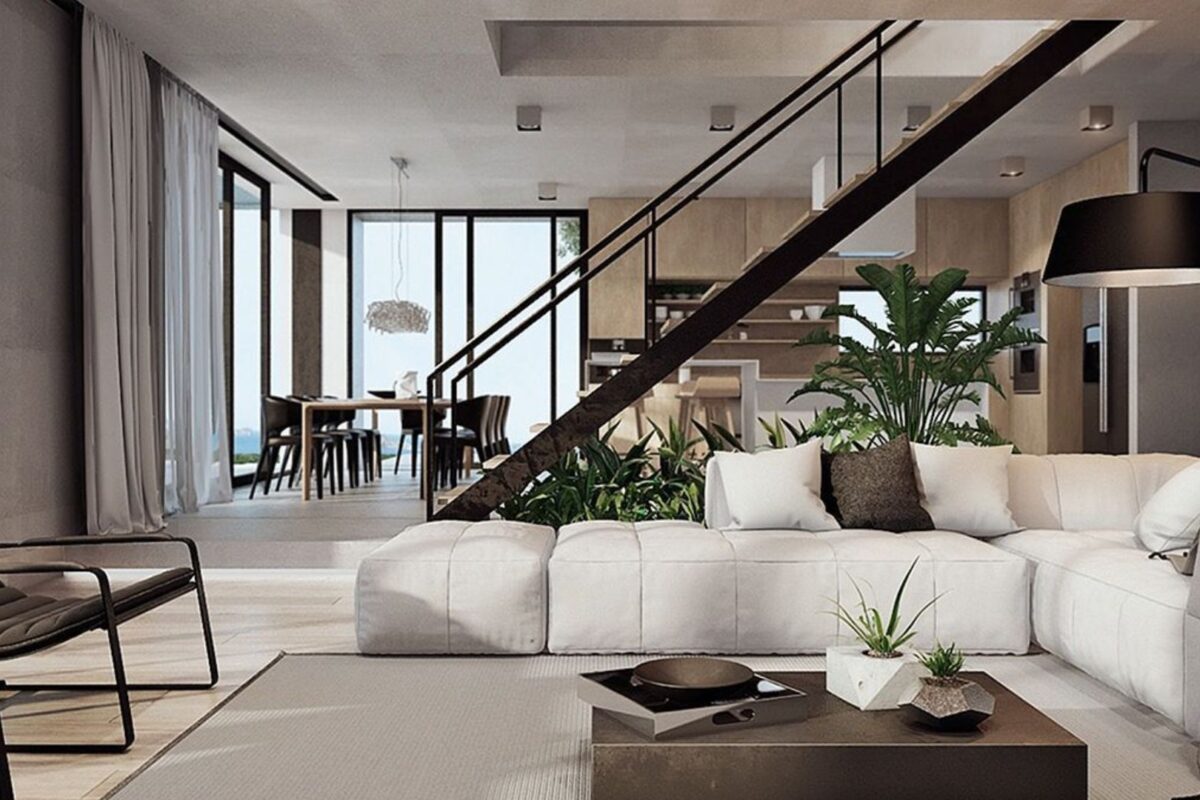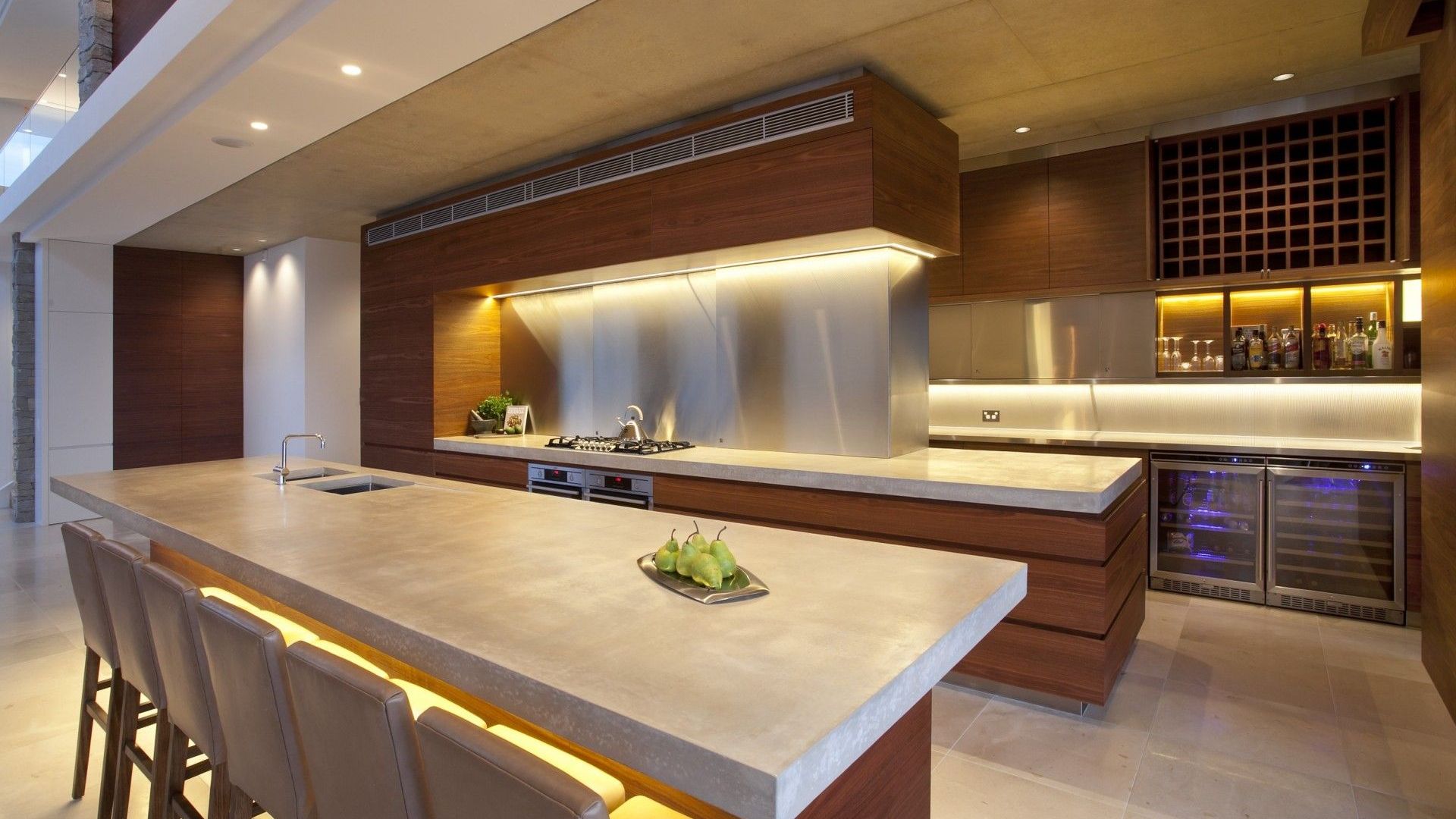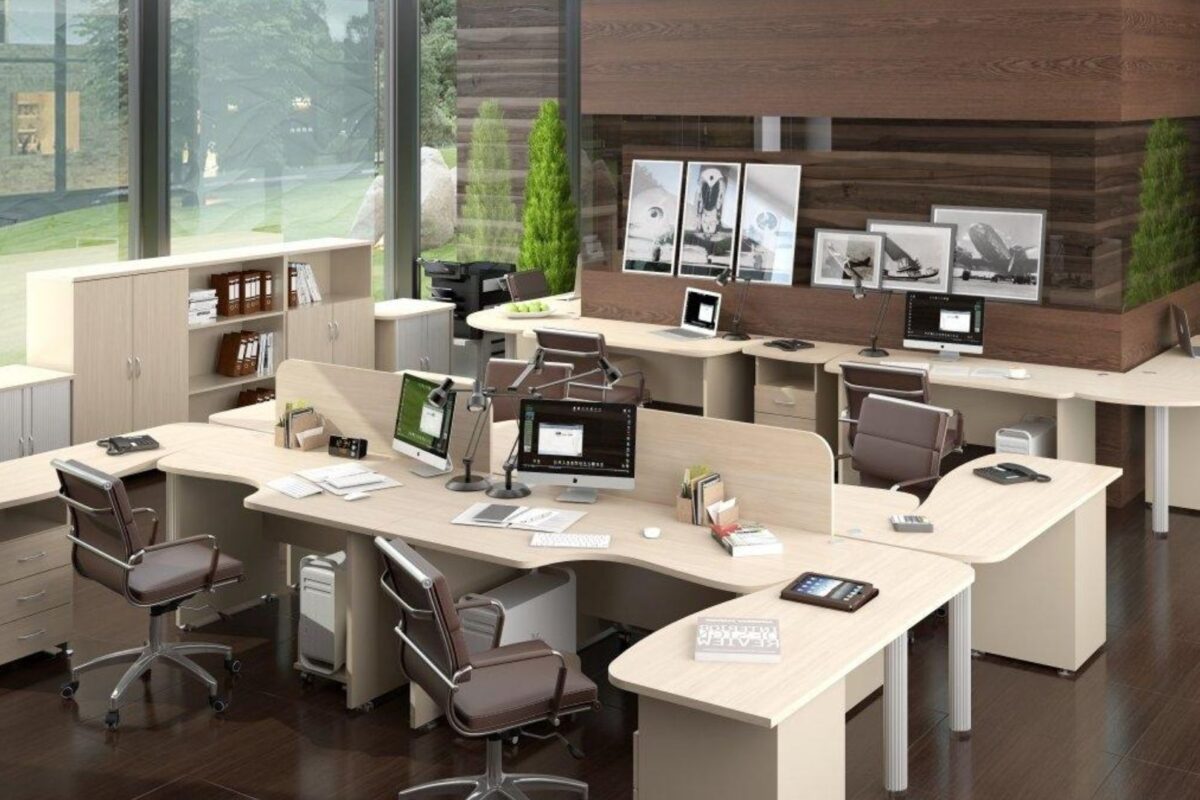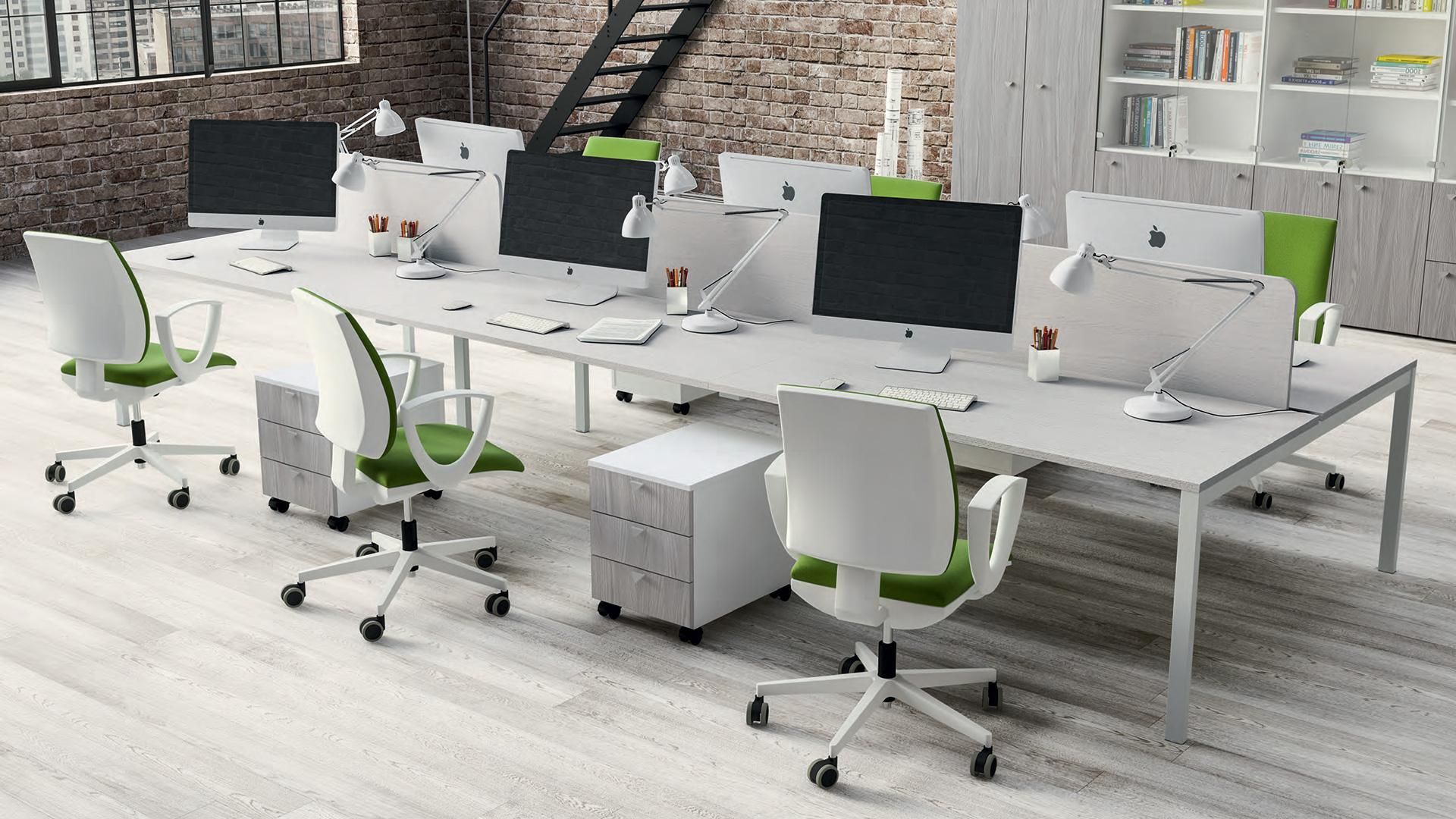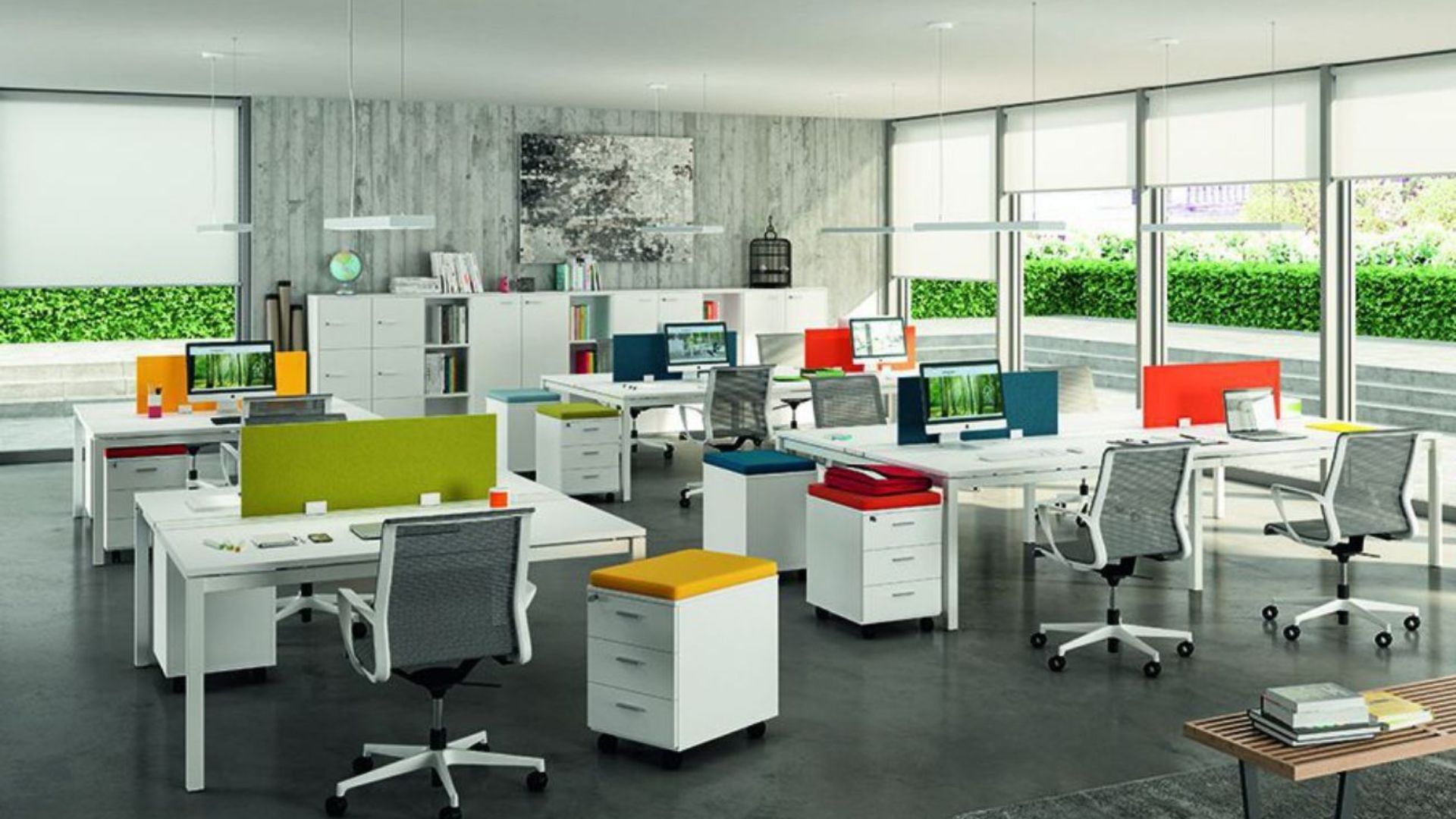Introduction:
In the realm of interior design, the artistry lies not just in arranging furniture or selecting color palettes, but in crafting spaces that transcend functionality to become expressions of creativity and innovation· From residential abodes to commercial establishments, the interplay of elements within a space can evoke emotions, inspire movements, and reflect the essence of its occupants· Welcome to the world of innovative interior designs, where Interior Design Services tells a story and every detail is meticulously curated to redefine the boundaries of aesthetics and functionality·

Exploring Boundless Creativity:
Innovative interior design is a fusion of creativity and functionality, where traditional boundaries are challenged and new possibilities are explored· It’s about breaking free from conventional norms and embracing experimentation to create spaces that resonate with uniqueness and individuality· Whether it’s incorporating unconventional materials, experimenting with unconventional layouts, or blending contrasting styles, the art of space knows no limits·
One of the hallmarks of innovative interior design is its ability to seamlessly integrate form and function· Spaces are not merely designed to look good but are also crafted to enhance the lives of those who inhabit them· From multi-functional furniture pieces that maximize space utilization to smart technologies that elevate convenience, every aspect is thoughtfully considered to enrich the user experience·
The Power of Conceptualization:
At the heart of innovative interior design lies the power of conceptualization – the ability to transform abstract ideas into tangible expressions· It begins with a vision, a spark of inspiration that ignites the creative process· Designers delve deep into the psyche of their clients, unraveling their preferences, aspirations, and lifestyle choices to conceptualize spaces that resonate with their identity·
The process of conceptualization is a collaborative journey, where designers and clients work hand in hand to bring visions to life· Through mood boards, sketches, and 3D renderings, concepts are refined and polished until they embody the essence of the desired space· It’s a testament to the transformative power of design, where imagination knows no bounds, and possibilities are limited only by the scope of one’s dreams·
Innovative Interior Design Service:
In the realm of innovative interior design, professional services play a pivotal role in translating visions into reality· Interior designers serve as architects of imagination, guiding clients through every step of the design process with expertise and finesse· From initial consultations to final installations, they bring a wealth of knowledge and experience to the table, ensuring that every project is executed with precision and flair·
Interior design service encompass a wide array of offerings tailored to meet the diverse needs of clients· Whether it’s residential design, commercial spaces, or hospitality establishments, designers bring a fresh perspective and innovative solutions to every project they undertake· Their expertise extends beyond aesthetics to encompass practical considerations such as spatial planning, lighting design, and material selection, ensuring that form seamlessly aligns with function·
Embracing Sustainable Practices:
Innovative interior design goes beyond mere aesthetics; it’s also about embracing sustainable practices that minimize environmental impact and promote responsible stewardship of resources· Designers are increasingly incorporating eco-friendly materials, energy-efficient technologies, and biophilic design principles into their projects, creating spaces that not only look good but also feel good·
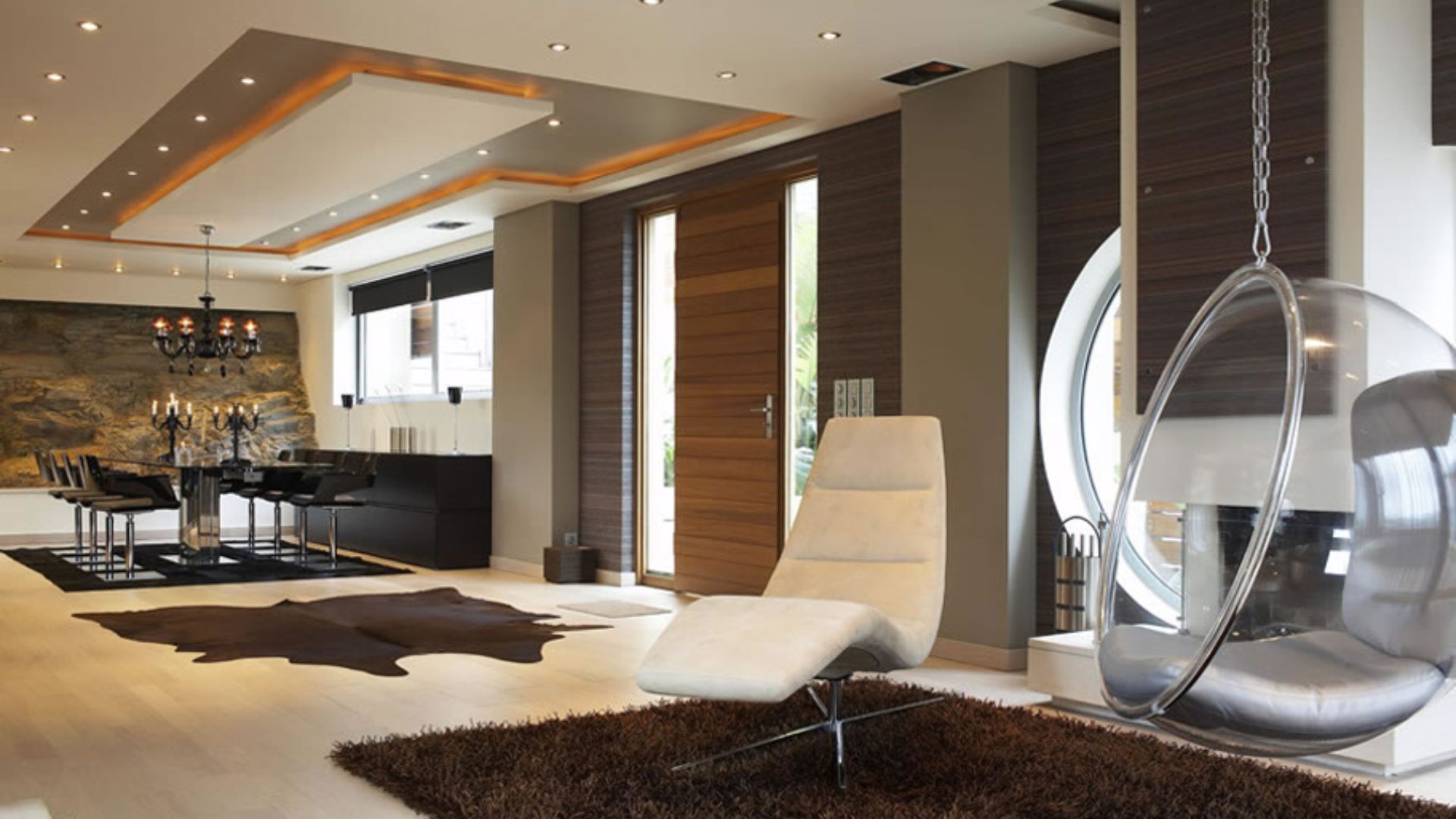
Conclusion:
In the ever-evolving landscape of interior design, innovation reigns supreme· It’s a realm where creativity knows no bounds, and every space is an opportunity to push the boundaries of design excellence· From conceptualization to execution, the art of space is a testament to the transformative power of design, enriching lives, and inspiring awe with every stroke of genius· So, whether you’re seeking to transform your home, office, or retail space, embrace the art of space and embark on a journey of infinite possibilities·

